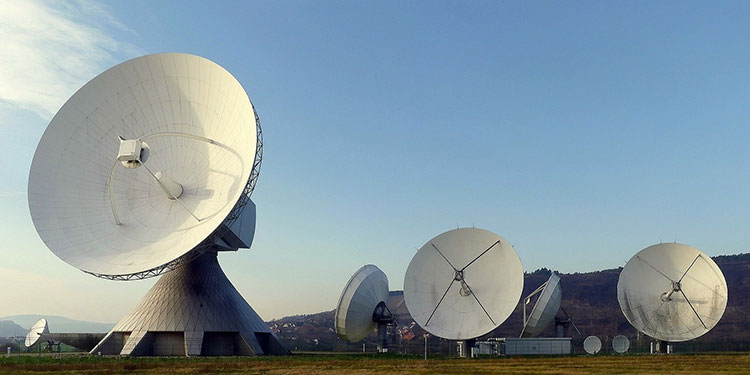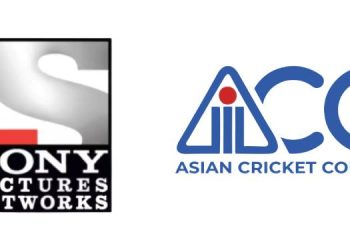New Delhi: Floated in January this year, the Draft Cable Television Networks (Regulation) Amendment Bill, 2020, proposed by The Ministry of Information and Broadcasting has brought in, a slew of amendments to the Cable Television Networks (Regulation) Act, 1995.
Over the decades, the broadcast industry has transformed significantly, by the dint of technological disruptions and changes in consumer behavior, making the need for such provisions almost ineludible.
In fact, a multitude of amendments has made their way in the year 2006, 2009, 2012, etc., along with the recent uplinking& downlinking guidelines, keeping in mind the regime shift from analog to digital. However, the need for new amendments is now necessitated, especially keeping in mind the expansion and penetration of internet & smartphones, the arrival of Artificial Intelligence (AI), the rapid growth of Digital Medium, and the current hyper-competitive environment. In fact, the COVID-19 crisis has further exacerbated the situation for the industry.
Howbeit, the Draft Amendment Bill refuses to address few seismic changes that shape & define the industry as it exists today – calling for certain reassessments to establish equitability across mediums & genres.
Finding the equilibrium
One of the most significant factors that defies the balancing effect amongst the two mediums (Traditional & Digital), is that of regulatory compliances. As far as OTT is concerned, there are no stringent content regulations, leaving it on self-regulation mode. Whereas, broadcasters, MSOs and other operators have to seek licences, pay carriages and also deal with restrictive programming code. This has created a non-level playing field for linear television broadcasters.
Consequently, the broadcast industry seeks a more liberal & lenient approach to adopt the ‘auto-mode’, based on self-regulation. One of the ways to achieve the same could be to direct a self-rating mechanism wherein every pre-recorded program can be put under rating categories (7+, 13+, 18+),which are presented before the beginning of the program – enabling viewers to make an informed choice. Such an approach would also strengthen the freedom of speech & expression, while also advancing creativity and incentivizing content creation on television. In fact, a study can also be carried beforehand to revisit the programming code provisions and analyze the effectiveness of the rating system.
Similarly, an advance warning about the nature of problematic content or with the concerned elements of violence, sex, nudity, strong language, etc. can be mentioned before the commencement of the program to allow better fluidity of content. Another aspect to liberalize the programming code could be – permitting some content with programming restrictions to be broadcast in post-watershed hours.
A news broadcaster’s perspective
In comparison to other genres, news broadcasting stands on a different pedestal and in a more complex milieu, in terms of the applicability of programming code. The unpredictable & uncontrolled nature of reporting, keeping the viewers informed 24×7, with objectivity, accuracy & neutrality, can often unknowingly counter-programming codes.
While some elements of creative and dramatic presenting are practiced and permitted, the programming codes cannot defy the fact that the truth needs to be told fearlessly, in an uninfluenced manner. In fact, following the programming codes during live reporting can be extremely challenging.
Thus, in the news-genre, ‘editorial discretion’ or ‘wisdom’ should be given supremacy over compliance & adherence to the programming code. People’s right to be informed of the exact and true nature of the events cannot and should not be compromised on account of compliance& adherence to the Programming Code.
What’s more is that, news broadcasters have a separate Content Code and an adjudication mechanism of NBSA, in case of violations. Ideally, the same should be given statutory status and made a part of the Programming Code & its enforcement mechanisms.
The enigma of Programming and Advertising Codes
Instead of business-friendly regulations, the draft has presented penal/criminal violations for certain programming provisions which are extremely discretionary and vague.
For instance, the Programming Code (Rule 6), uses ambiguous phrases like “Offends good taste or decency” or “anything obscene” or “unsuitable for unrestricted public exhibition” which are capable of subjective interpretations, especially in a country as diverse and populous as India.
Furthermore, this rule gives unbridled power in the hands of govt. &enforcement authorities to conveniently abuse the said provisions on subjective interpretations or under one pretext or the other, acting as a fatal blow to freedom of the press.
Similarly, many of the provisions in the Advertisement Code are also infected with vagueness and ambiguity. Words like ‘Good taste & Decency’, ‘Aesthetic’, ‘Tasteful’, ‘not be excessively loud’, ‘Indecent’, ‘Suggestive’, are equally prevalent in the advertisement code, leaving scope for subjective interpretations.
In such a scenario, any proposal to have the punishment of imprisonment for a violation of the said code is likely to be misused and abused. Hence, self-regulation & lesser penalties are an essential requirement in this framework.
Need to revisit Ad Cap restrictions
Unreasonable restrictions, that too, on an industry that solely survives on advertising revenue (especially in the case of FTA channels) would only lead to economic unviability, significantly impacting the operational feasibility of broadcasters.
In addition, the ad cap rule has been uniformly applied to dissimilar genres, which also needs to be revisited. The said rule cannot be uniform for live channels and Free-to-Air channels. If a channel compromises the quality of programming by way of excessive advertising, it is likely not to be chosen by the consumer who would potentially opt-out. Therefore, the ministry should strive for consumer empowerment and a free-market approach, which would consequently help the cause of the economy and ease of doing business.
Lastly, it would be also appropriate to re-examine the advertising norms in India in comparison to those prevailing internationally, in order to obtain a holistic view of advertising in conservative markets & liberal markets. Doing so would provide better clarity on how to empower consumers and ease business decision-making by pushing for more progressive norms.

















